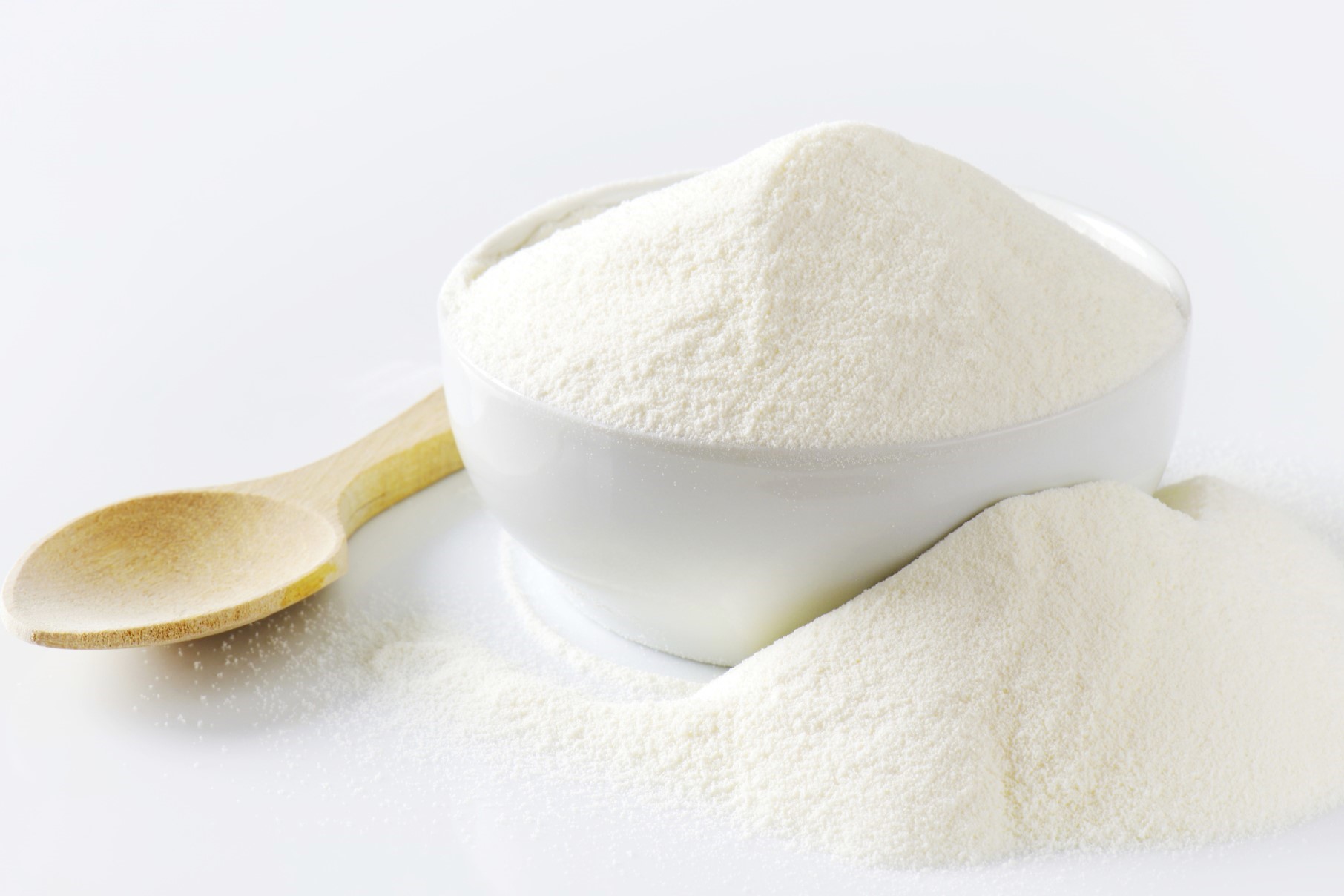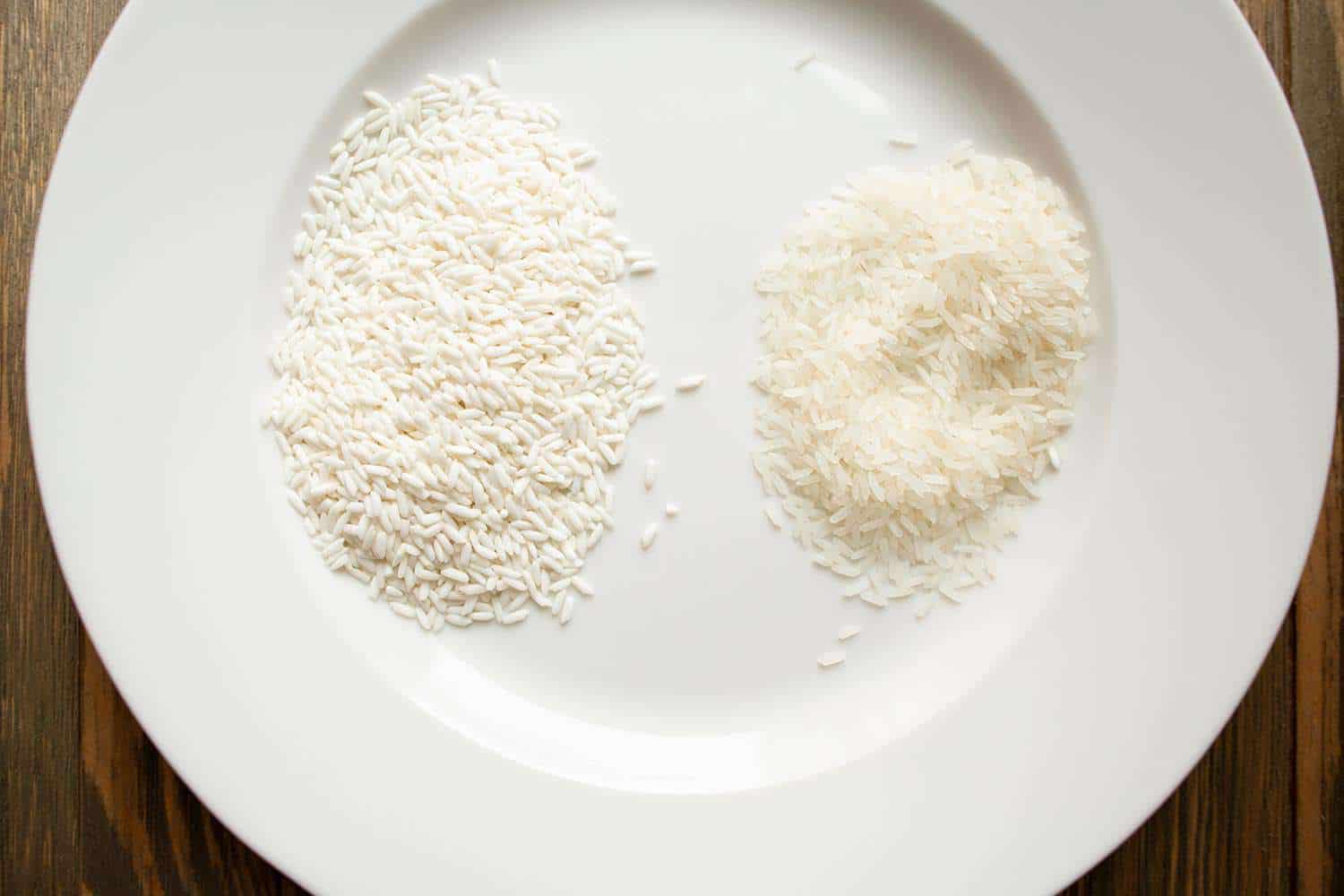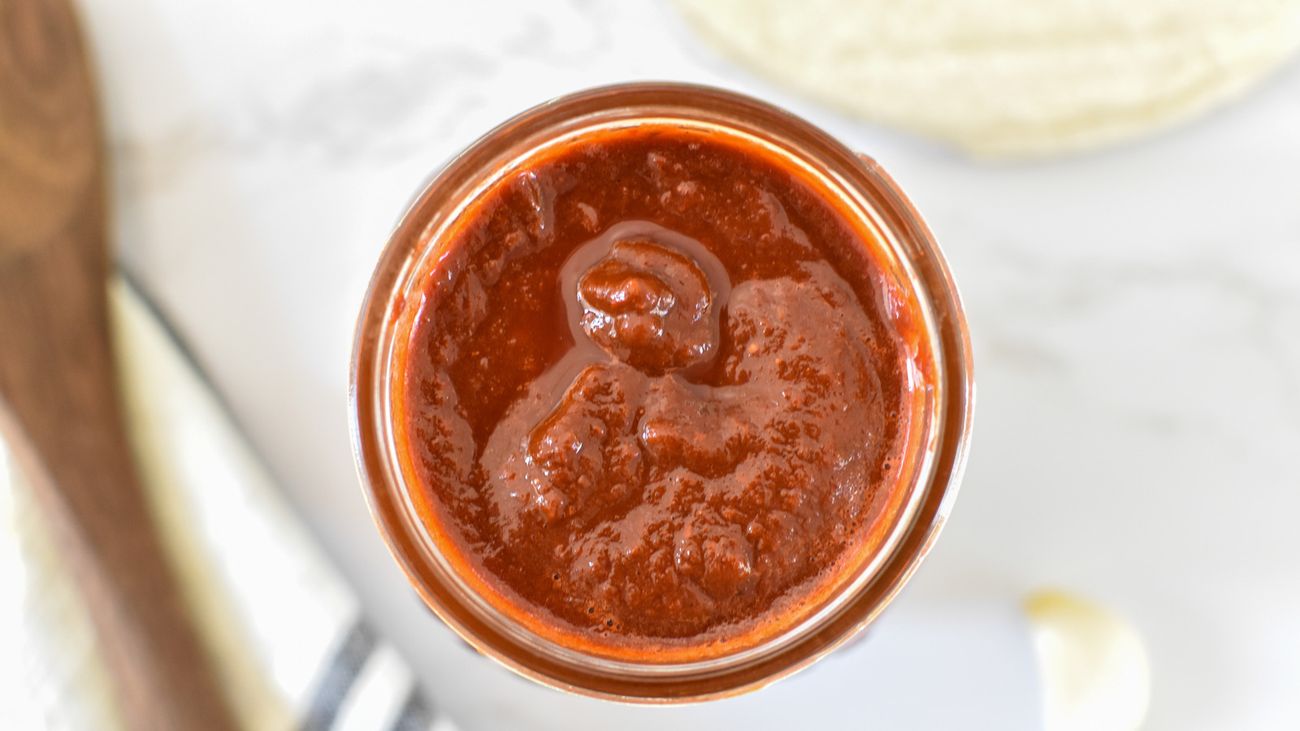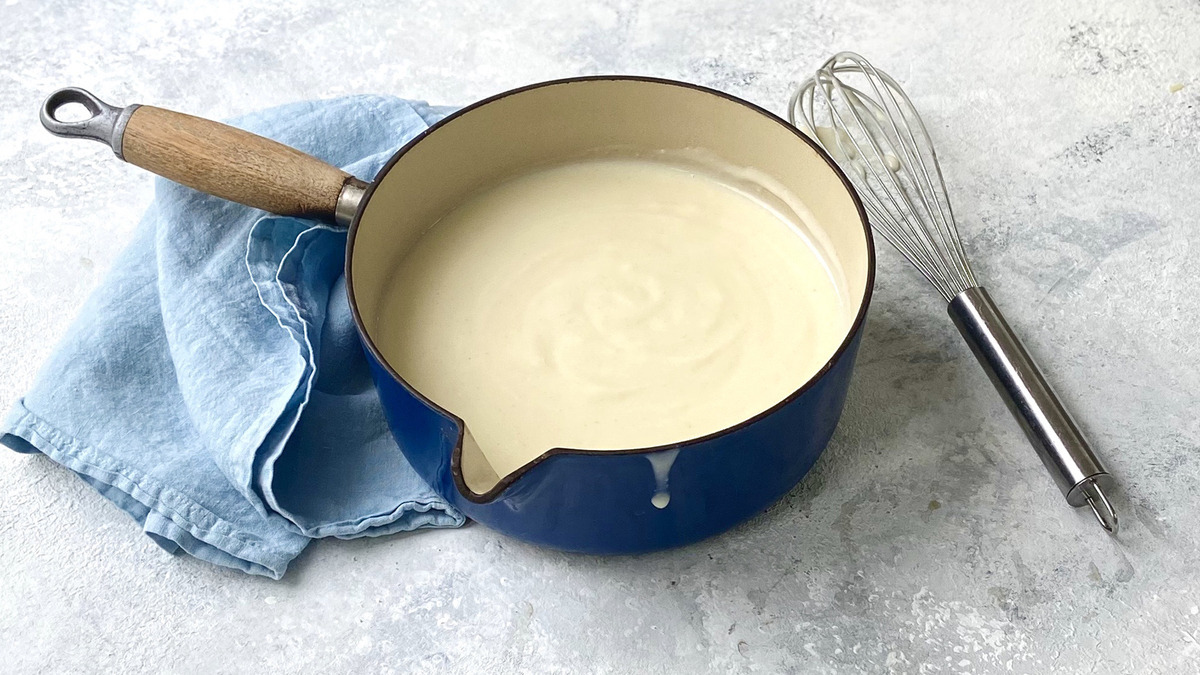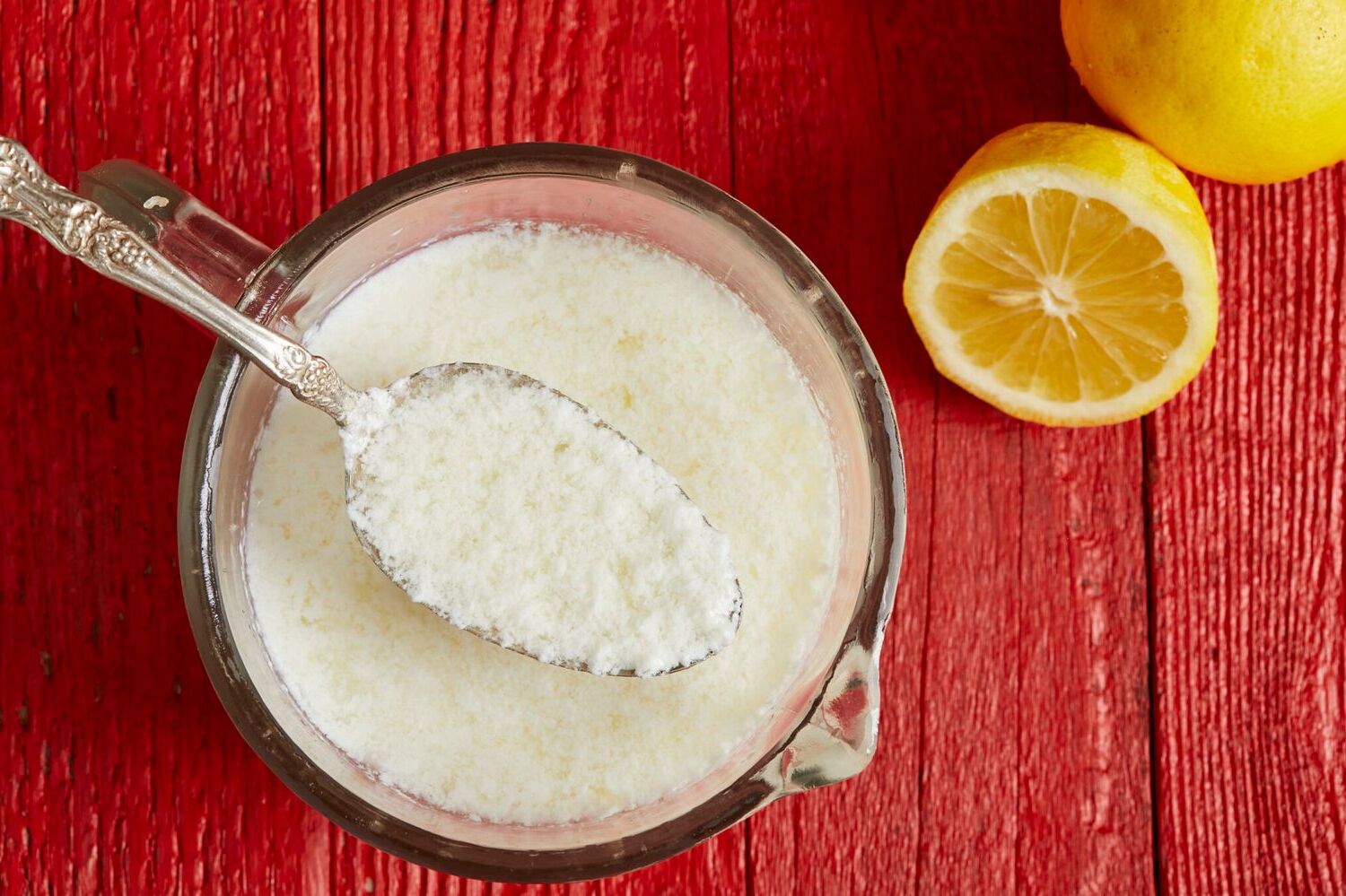Discovering the Delightful World of Sweet Cheese
When it comes to cheese, most people think of savory flavors and pairings with crackers and wine. However, there is a lesser-known side to cheese that is equally delightful – sweet cheese. If you’ve never heard of sweet cheese before, you’re in for a treat. In this article, we’ll explore what sweet cheese is, its various forms, and how it can be enjoyed.
What is Sweet Cheese?
Sweet cheese, also known as dessert cheese, is a type of cheese that is made with the addition of sugar, fruits, or sweet flavorings. Unlike traditional cheeses that are savory and often used in cooking or as a standalone snack, sweet cheese is crafted to satisfy the sweet tooth. It offers a unique combination of creamy, tangy, and sweet flavors that make it a versatile ingredient in a wide range of desserts and sweet dishes.
Forms of Sweet Cheese
Sweet cheese comes in various forms, each offering its own distinct taste and texture. Some popular forms of sweet cheese include:
- Cottage Cheese: This soft and creamy cheese is often mixed with fruits, honey, or jam to create a sweet and satisfying treat.
- Ricotta: Known for its smooth and slightly grainy texture, ricotta cheese is commonly used in desserts such as cannoli and cheesecakes.
- Quark: A fresh and mild cheese that is popular in Central and Eastern European cuisines, quark is often used in sweet pastries and desserts.
How to Enjoy Sweet Cheese
There are countless ways to enjoy sweet cheese, whether on its own or as part of a delicious dessert. Here are a few ideas to get you started:
- Spread on Toast: Try spreading sweet cheese on a slice of toasted bread and top it with fresh fruit for a quick and satisfying breakfast or snack.
- Stirred into Yogurt: Mix sweet cheese into plain yogurt and drizzle with honey for a creamy and indulgent treat.
- Baked into Pastries: Use sweet cheese as a filling for pastries such as blintzes or Danish pastries for a delightful sweet treat.
- Paired with Jam: Serve sweet cheese alongside your favorite fruit jam for a simple yet elegant dessert.
Conclusion
Sweet cheese may not be as well-known as its savory counterparts, but it certainly deserves a place in the spotlight. With its creamy texture and delightful sweetness, sweet cheese offers a unique and delicious addition to any dessert menu. Whether enjoyed on its own or as part of a decadent treat, sweet cheese is a versatile ingredient that is sure to satisfy any sweet tooth.
So, the next time you’re looking for a new and exciting dessert option, consider incorporating sweet cheese into your culinary creations. You may just discover a new favorite indulgence that will delight your taste buds and impress your guests.
Was this page helpful?
Read Next: What Is Wonton Egg Drop Soup?
